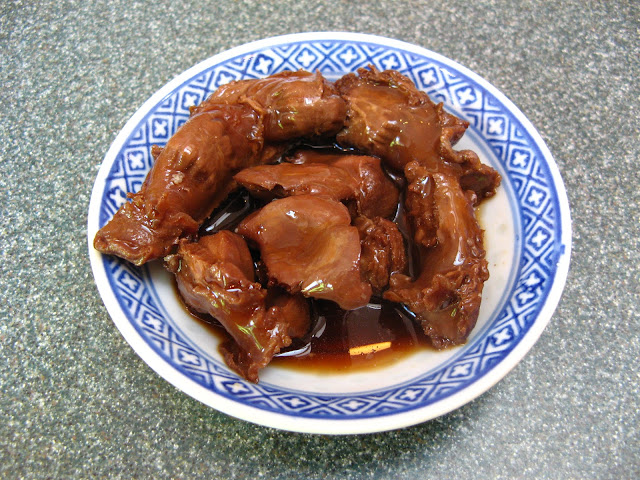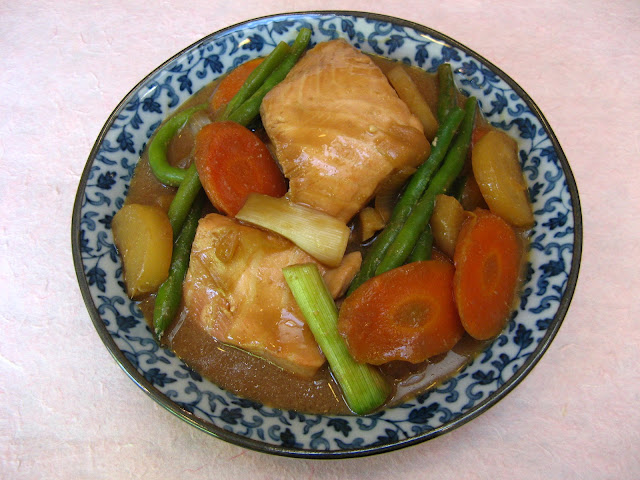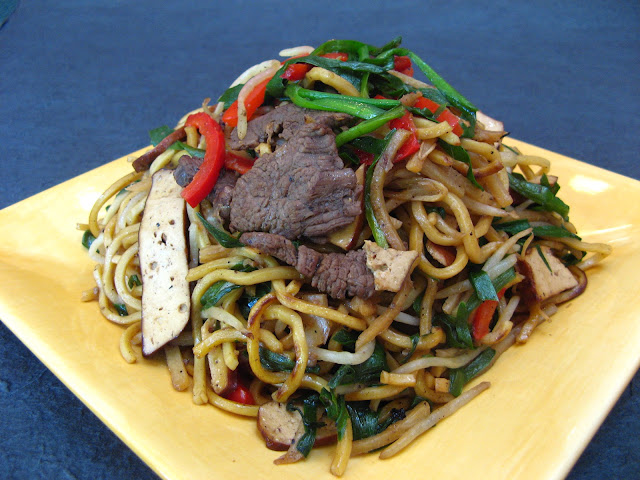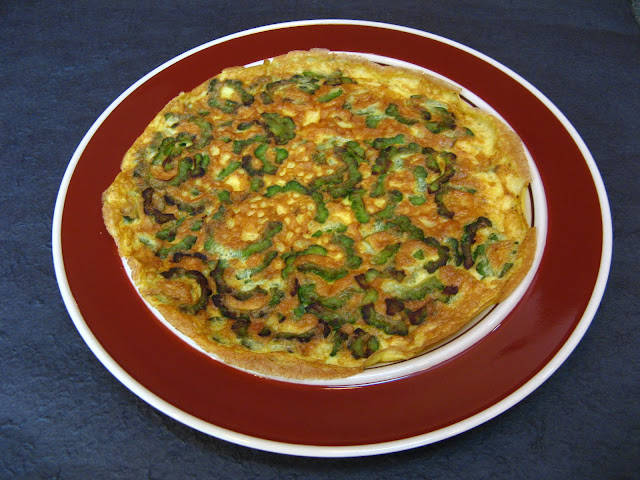This recipe was updated on 22 May 2015. Some instructions
and ingredient quantities were changed.
Chicken gizzards (鸡胗, gai1 san2)
are an often discarded part of the chicken here in the USA, but are quite good
when prepared correctly. Using the technique to make a poached soy sauce
chicken, Soy
Sauce Chicken (豉油鷄, Si6 Jau4
Gai1), chicken gizzards can be made tender and tasty. The soy
sauce poaching liquid gives this recipe its distinctive flavor.
Whenever I make this recipe, I use a lot of chicken gizzards
(in this case 3 pounds – 1.5 kg.) because whether or not you cook 1- (500 g.) or
3 pounds (1.5 kg.) of chicken gizzards, it takes the same amount of time. Chicken
gizzards prepared this way can be eaten alone (often served as an appetizer),
or as part of another dish. The Three
Pepper Chicken Gizzards (三椒鸡胗, Saam1 Ziu1
Gai1 San2) recipe uses the chicken gizzards prepared using
this method. The poaching liquid also makes a good basis for a sauce, but is
usually not used alone since it’s very salty.
Enjoy!






